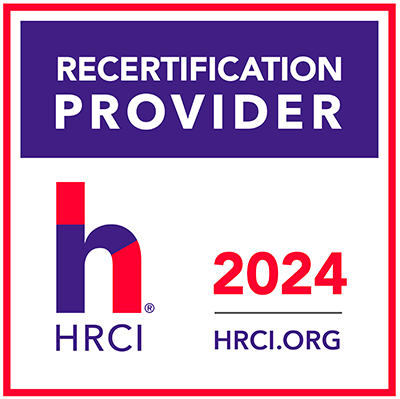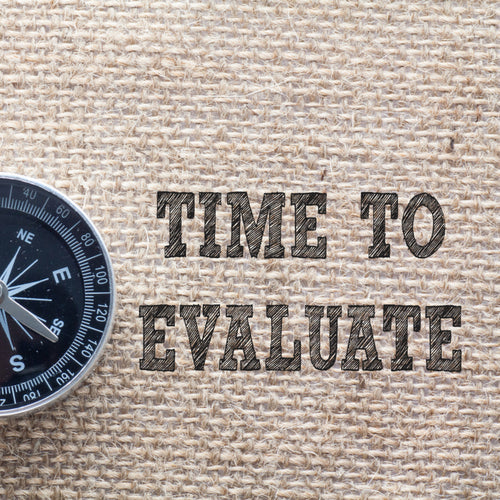What to Do if Your Employees Want a Union
Human resources expert Teri Morning will show you how to avoid, spot, and respond to union organizing activity. You will learn the requirements of the NLRA and how they apply to your organization, union or non-union.
Topics Covered:
- How does the National Labor Relations Act apply to your organization?
- How can you assess risk for your organization?
- What are the signs of organizing? How are unions organized?
- What are the three main reasons employees form unions?
- What are 12 ways to avoid a union in your workplace?
- What is Protected Concerted Activity?
- How will the new rule for determining joint-employer status affect you?
- How should you respond to union organizing activity?
- How can communication, culture, and management training help?
- Why are NLRB decisions important for all employers?
On-Demand
Regular price
$224.00
Regular price
Sale price
$224.00
Unit price
per
Couldn't load pickup availability

INFORMATION
Training Overview
Recommended Audience
Who Should Attend?
APPROVAL AND VALIDITY
Credits
What's included
Training includes
- 1.5 HRCI, 1.5 SHRM
- Certificate of Attendance
- All resources and training materials
- Specializes in solving company people problems and providing big company style HR service to small business
- Over 20 years of experience in human resources and training in a variety of fields
- Certified in mediation skills, project management, and IT management and qualified
- Has held the PHR, SPHR, SPHR-CA and SHRM-SCP certifications
- Master’s degree in human resource development with a specialization in conflict management
- MBA








